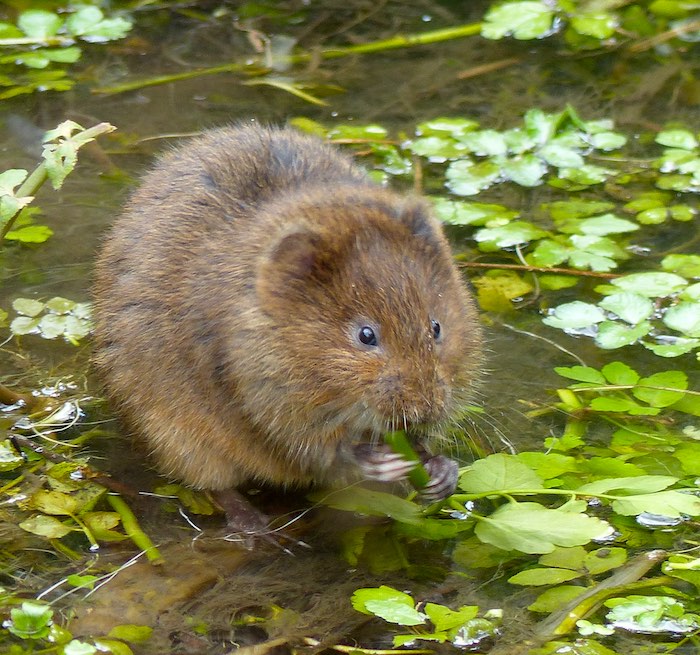The water vole was once common in our streams, brooks, rivers, canals and wetlands throughout the UK. There were 8 million of them in the early 1900’s, when their very distinctive ‘plop’ was often heard as they dived out of sight. Now there are only about 100,000 of them. A drastic contrast!
We would like to see them thriving and become the much loved, common, charismatic sight they once were along our waterways by providing information on how you can help them too!

It is not often realised that water voles are ecosystem engineers. These ‘mini beavers’ constantly manage and micro engineer waterways for the benefit of wildlife and us. Their foraging and burrowing increases biodiversity for the benefit of many species, including small mammals, many species of bees, butterflies, insects, insect-eating birds, birds of prey and bats. Their contribution to biodiversity is highly significant. A brook, stream or river without their charm and work is bereft. Research has shown that waterways with increased species rich plant communities have higher numbers of water voles.
